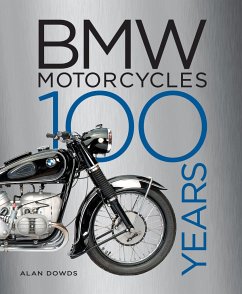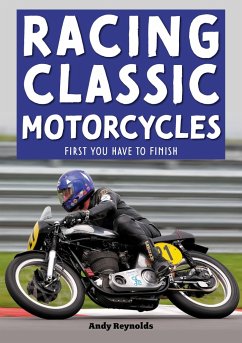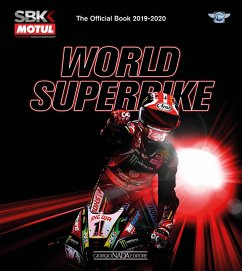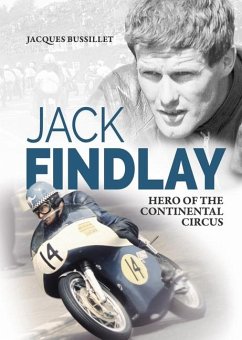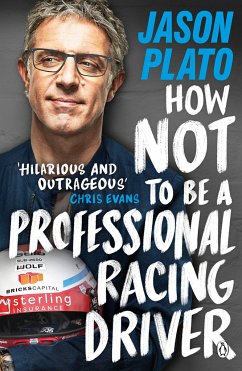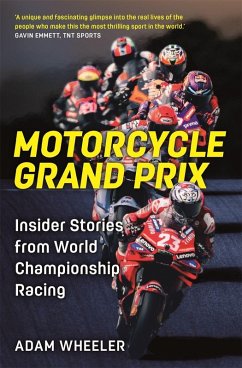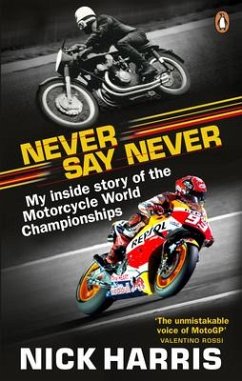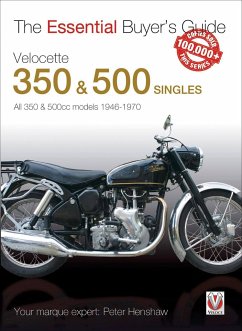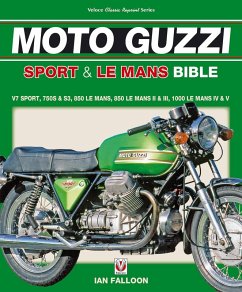Nicht lieferbar

Slow Burn - the Growth of Superbikes & Superbike Racing 1970 to 1988
Versandkostenfrei!
Nicht lieferbar
Slow Burn tells how the big names of the motorcycle industry used Superbike racing to test their street bike designs. The book features the biggest riders: Wayne Gardner, Mick Doohan, Wayne Rainey, Kevin Schwantz and Eddie Lawson, who started out on big, unruly superbikes, and learned how to powerslide their way around the worldâ s toughest tracks.




